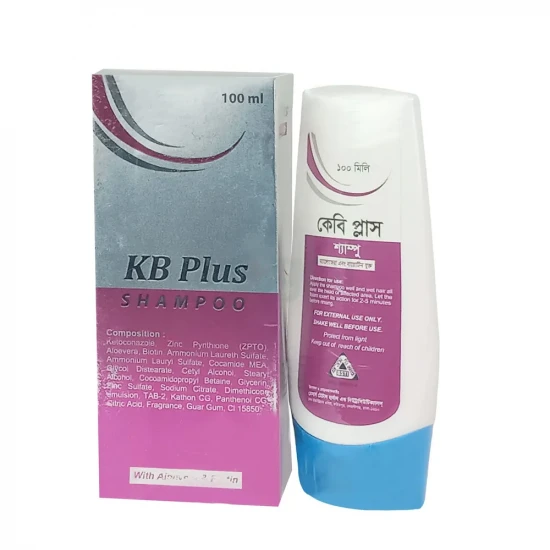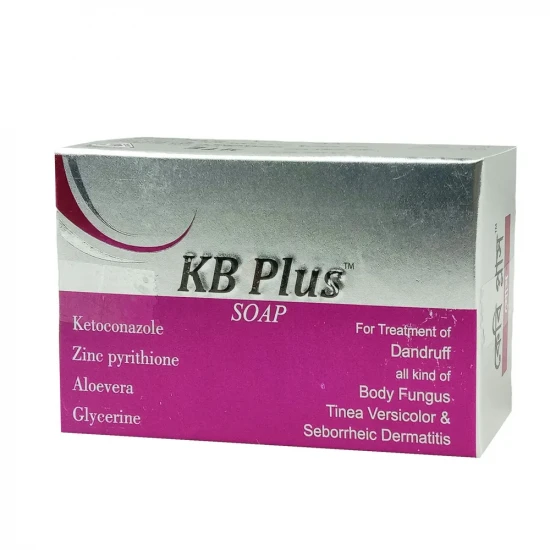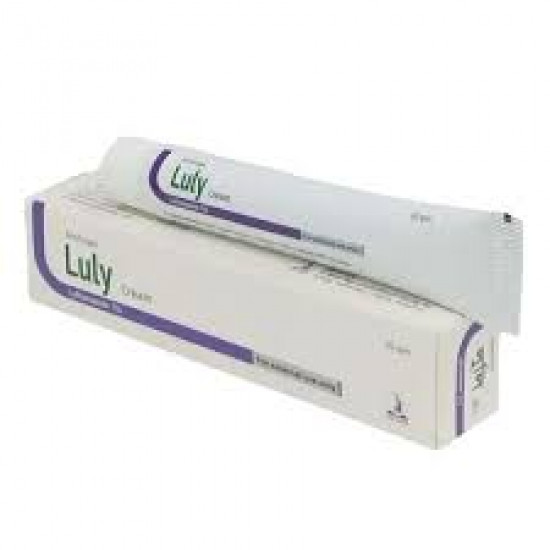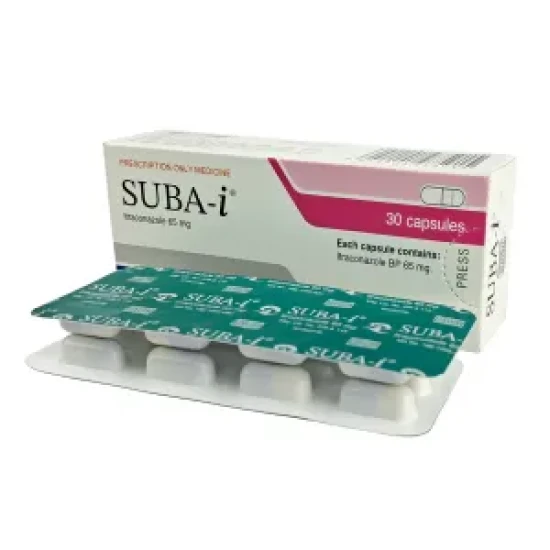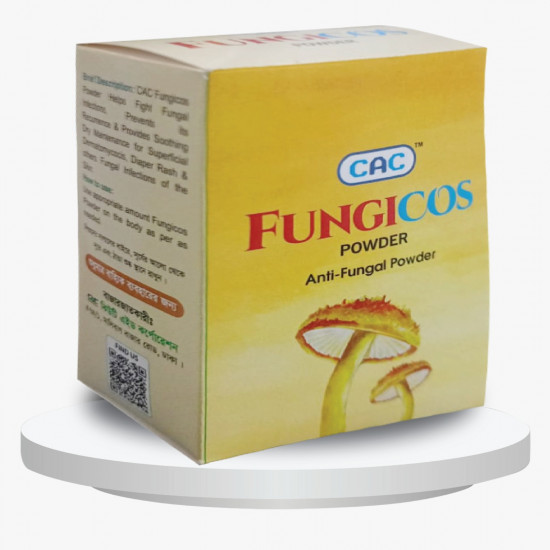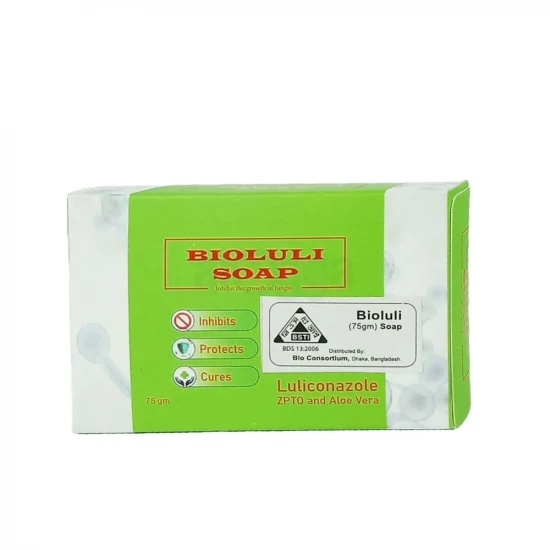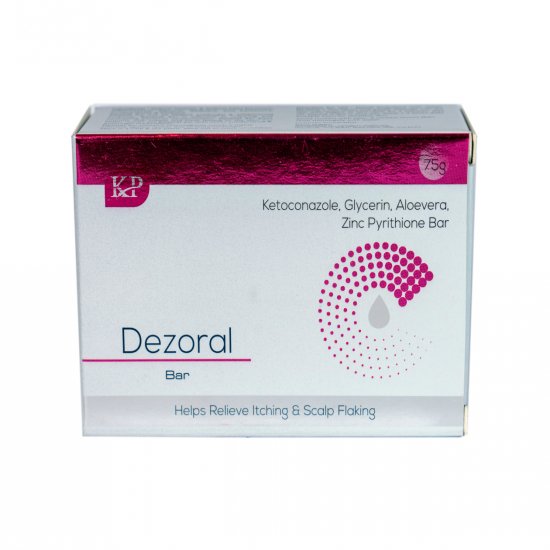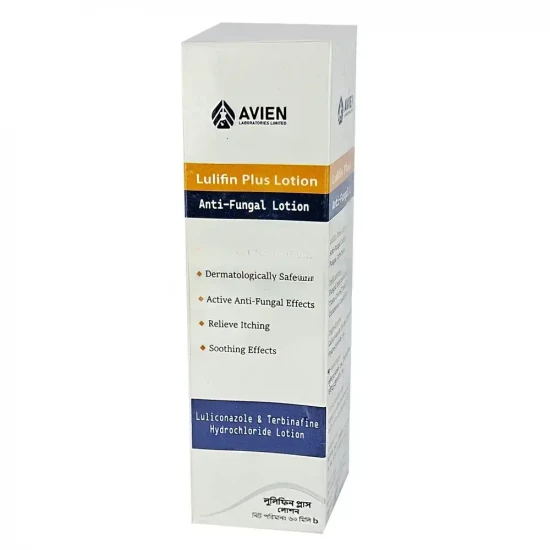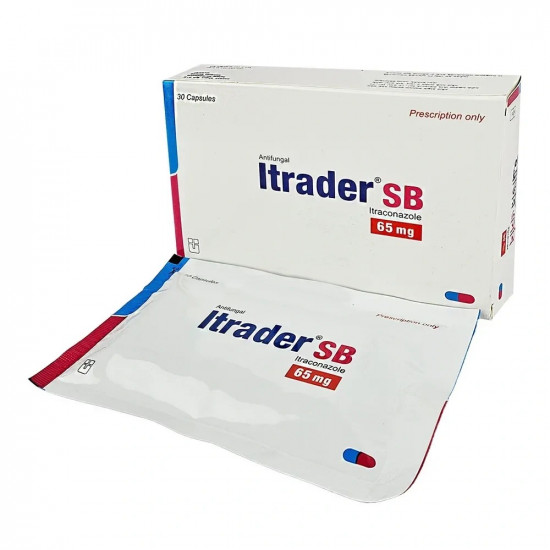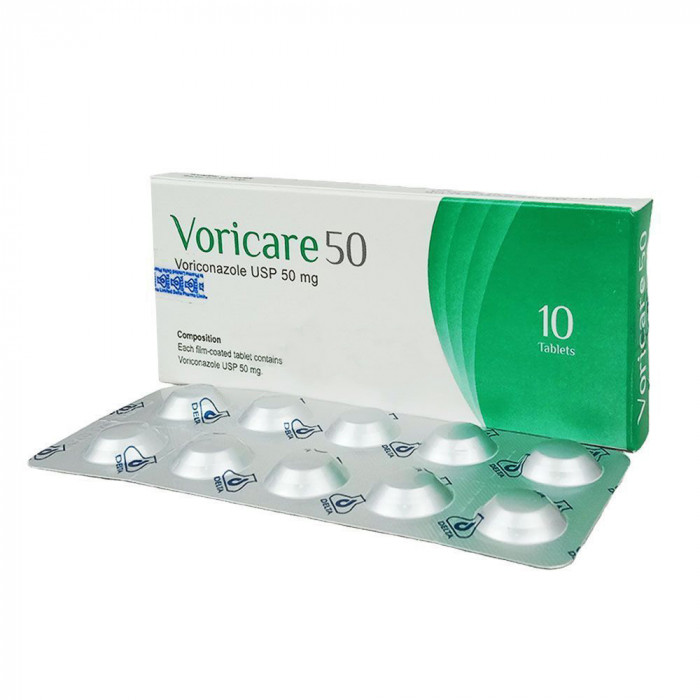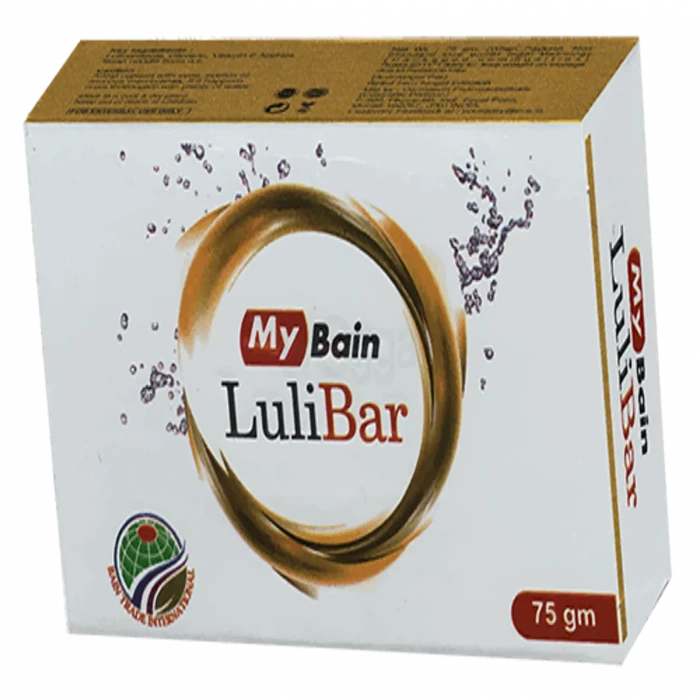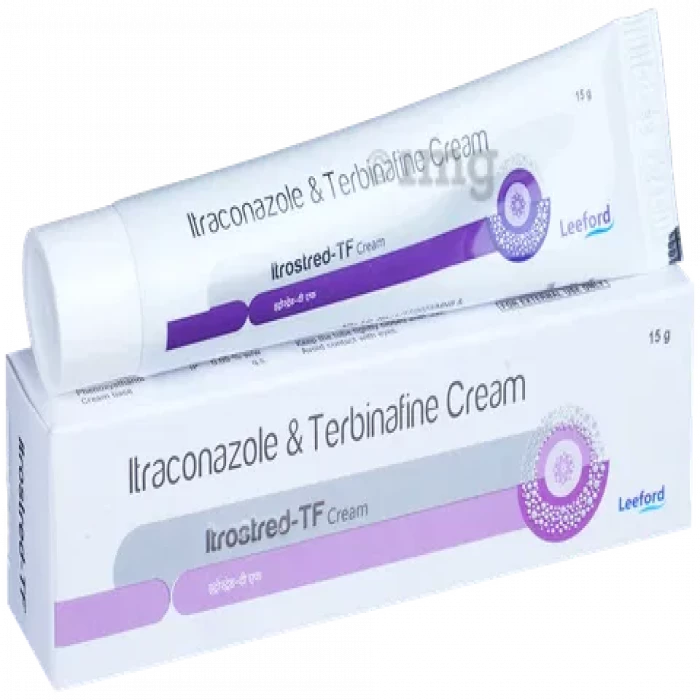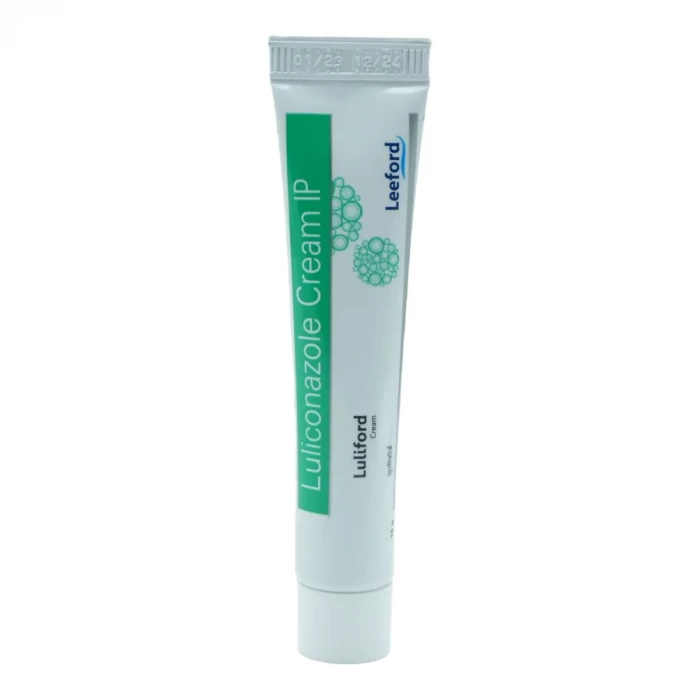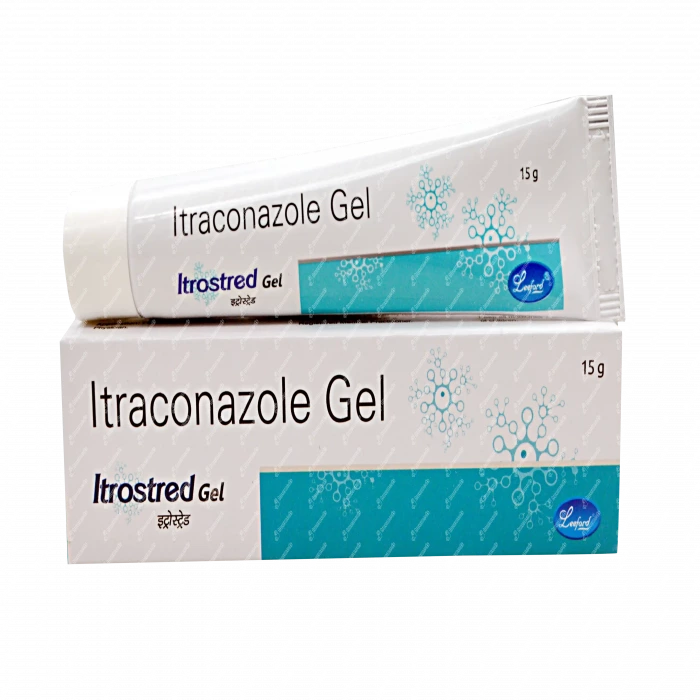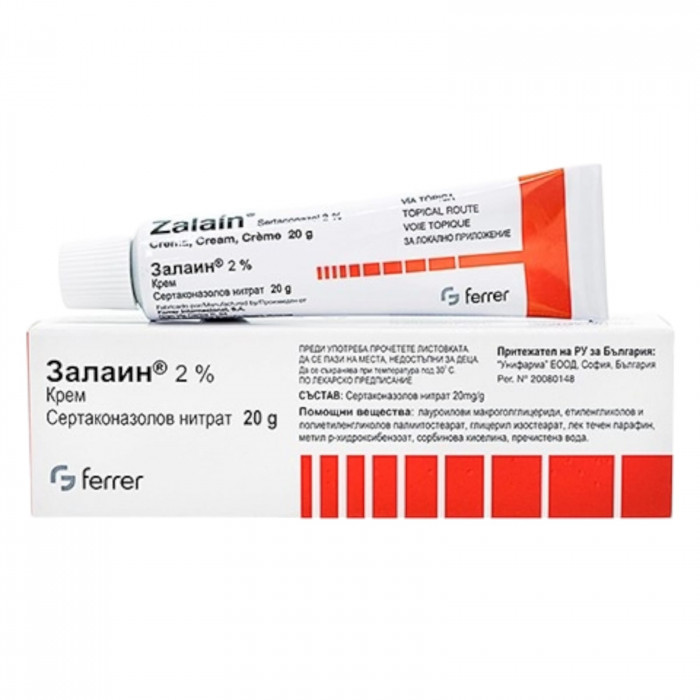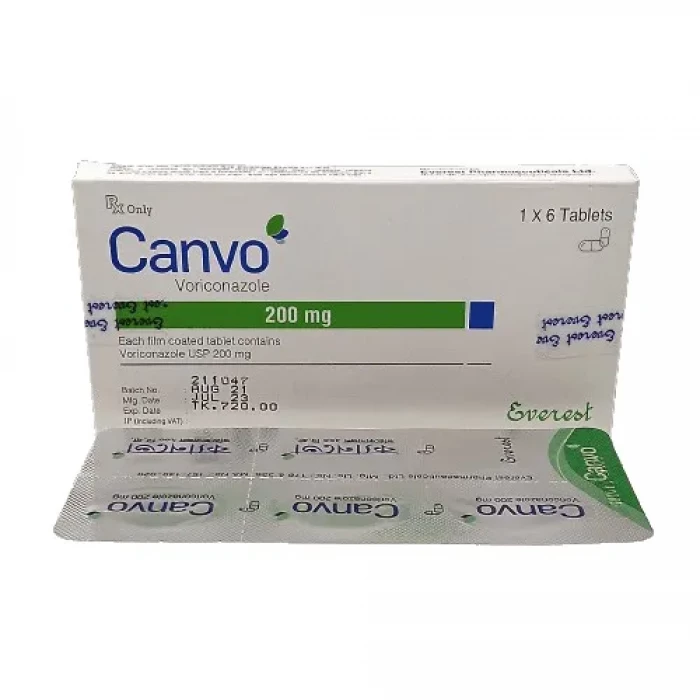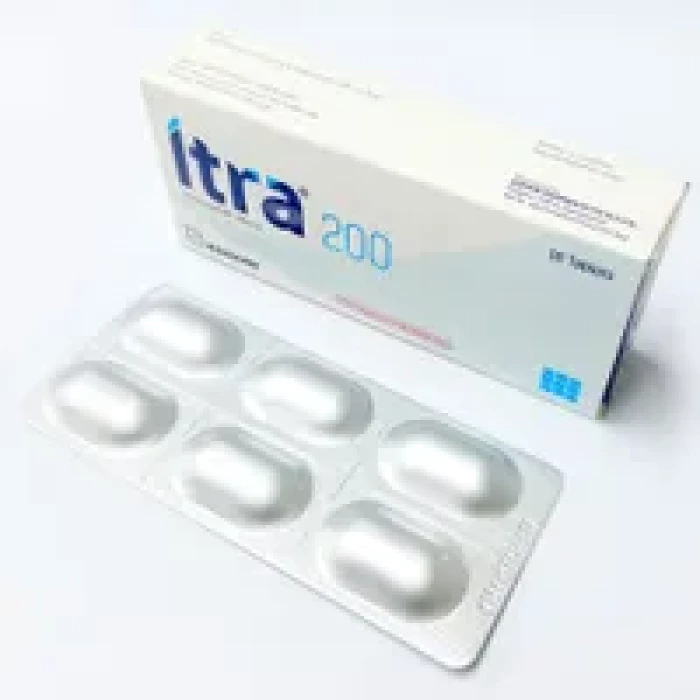
✔ 100% Authentic Product
👁️ Currently Viewing 5426
✅ Description:
Itra 200 belongs to a group of medicines called antifungals. It works by stopping the growth of fungus and is used to treat infections of the mouth, throat, vagina and other parts of the body including fingernails and toenails. It kills fungi by destroying the fungal cell membrane. Itra 200 should be taken in the dose and duration as prescribed by your doctor. It should be swallowed whole and can be taken with food. The dosage and length of treatment will depend on the condition you are being treated for. Sometimes this will be in cycles of use and non-use. To get the most benefit, take this medicine at evenly spaced times and continue using it until your prescription is finished, even if your symptoms disappear after a few days. If you stop the treatment too early, the infection may return and if you miss doses you can increase your risk of infections that are resistant to further treatment. Tell your doctor if the infection does not get better or if it gets worse. Avoid taking antacid medications within one hour before or two hours after you take this medicine. The most common side effects of this medicine include stomach pain, headache and feeling sick (nausea). You may also experience problems with menstrual periods, runny nose, indigestion, blurred vision, hearing loss, constipation, diarrhea and cough and cold. You could ask your doctor about ways of preventing or reducing these effects. Get emergency medical help if you have signs of an allergic reaction like severe skin rash, tingling, difficulty breathing, swelling of your face, lips, tongue, or throat. Stop using this medicine and contact your doctor if you notice signs of congestive heart failure like, feeling tired or short of breath, cough with mucus, fast heartbeats, swelling, rapid weight gain, or sleep problems. Do not take it if you are pregnant or could become pregnant unless your doctor has told you to. Talk to your doctor before taking this medicine if you have ever had heart failure, a weak immune system (including HIV/AIDS), kidney problems or liver problems such as yellow skin (jaundice). This medicine may not be suitable for you. If your course of treatment is for more than a month, your doctor may want to check your liver by testing your blood. This medicine may make you dizzy or cause blurred vision so do not drive or operate machines until it is safe.
Uses of Itra 200
- Fungal infections
Side effects of Itra 200
Common
- Nausea
- Common cold
- Cough
- Blurred vision
- Menstrual disorder
How to use Itra 200
Take this medicine in the dose and duration as advised by your doctor. Do not chew, crush or break it. Itra 200 is to be taken with food.
How Itra 200 works
Itra 200 is an antifungal medication. It kills fungi by destroying the fungal cell membrane. This treats your skin infection.
What if you forget to take Itra 200?
If you miss a dose of Itra 200, take it as soon as possible. However, if it is almost time for your next dose, skip the missed dose and go back to your regular schedule. Do not double the dose.

Quick Tips
- Itra 200 helps treat fungal infections of mouth, skin, vagina or any other parts of the body.
- Do not skip any doses and finish the full course of treatment even if you feel better.
- Take it with food, preferably at the same time everyday.
- Use a reliable method of contraception to prevent pregnancy while taking this medicine.
- Do not take indigestion remedies (antacids) within two hours of taking Itra 200.
- Your doctor may check your liver function before starting treatment and regularly thereafter. Inform your doctor if you notice yellowing of eyes or skin, dark urine, or stomach pain.
- Inform your doctor if you develop allergic reactions, nerve pain, or hearing loss.

Brief Description
Indication
Candidiasis, Fungal infections, Tinea pedis, Tinea cruris, Tinea corporis, Pityriasis versicolor
Administration
Should be taken with food. Take immediately after a full meal.
Adult Dose
Oral Adult: PO: Oropharyngeal candidiasis As cap: 100 mg/day for 15 days. Vulvovaginal candidiasis As cap: 200 mg twice daily for 1 day. Pityriasis versicolor As cap: 200 mg/day for 7 days. Tinea corporis; Tinea cruris As cap: 100 mg/day for 15 days. Fungal nail infections As cap: 200 mg/day for 3 mth. Systemic fungal infections As cap: 100-200 mg once daily, up to 200 mg twice daily for invasive or disseminated infections. Prophylaxis of infections in neutropenic or AIDS patients As cap: 200 mg/day, up to 200 mg twice daily if needed. Tinea pedis; Tinea manuum As cap: 100 mg/day for 30 days or 200 mg bid for 7 days.
Child Dose
Child: PO 10 mg/kg/day, max 200 mg/day q12h 5 mg/kg/day for chronic mucocutaneous Candida q24h <3 years: Safety and efficacy not established
Contraindication
Hypersensitivity to azole antifungals; pregnancy and lactation; hepatic disease. IV: CrCl: <30 ml/min.
Mode of Action
Itraconazole decreases ergosterol synthesis by interfering w/ cytochrome P450 activity. This inhibits cell membrane function of susceptible fungi including Microsporum spp., Trichophyton spp., Candida spp., Aspergillus spp., Epidermophyton spp., Cryptococcus neoformans, Histoplasma capsulatum, Blastomyces dermatitidis, sporothrix schenckii, Malassezia furfur, Coccidioides immitis and Paracoccidiodes brasiliensis. It also has antiprotozoal activity against Leishmania spp.
Precaution
Renal insufficiency; CHF, history of CHF, COPD; monitor liver function. Lactation: Drug enters breast milk; weigh risk against benefit
Side Effect
>10% Nausea (11%) 1-10% Rash (9%),Vomiting (5%),Edema (4%),Headache (4%),Abnormal liver function test results (3%),Diarrhea (3%),Fever (3%),Hypertension (3%),Pruritus (3%),Fatigue (2-3%),Abdominal pain (2%),Dizziness (2%),Hypertriglyceridemia (2%),Hypokalemia (2%),Albuminuria (1%),Anorexia (1%),Decreased libido (1%),Hepatitis (1%),Malaise (1%) Potentially Fatal: Liver failure; heart failure; pulmonary oedema; CV disease.
Interaction
May increase the plasma concentrations of oral anticoagulants, digoxin, cilostazol, alprazolam, midazolam (IV), repaglinide, corticosteroids (e.g. budesonide, dexamethasone, fluticasone, methylprednisolone). May increase plasma concentration w/ HIV protease inhibitors (e.g. ritonavir, indinavir, saquinavir), erythromycin, clarithromycin. May reduce plasma concentration w/ isoniazid, carbamazepine, nevirapine, phenytoin, Phenobarbital, rifampicin, rifabutin. May reduce absorption w/ PPIs, antacids, antimuscarinics, histamine H2 receptor antagonists. Concomitant use w/ dihydropyridines may cause oedema. May increase negative inotropic effects of verapamil. May increase risk of potentially fatal resp depression w/ fentanyl. Potentially Fatal: May increase risk of QT prolongation or torsades de pointes w/ astemizole, bepridil, cisapride, dofetilide, levacetylmethadol (levomethadyl), mizolastine, pimozide, quinidine, sertindole, terfenadine, methadone, ranolazine, dronedarone, halofantrine. May increase risk of myopathy including rhabdomyolysis w/ HMG-CoA reductase inhibitors (e.g. atorvastatin, lovastatin, simvastatin). May increase risk of ergotism w/ ergot alkaloids (e.g. ergotamine, dihydroergotamine, ergometrine, methylergometrine). May potentiate hypnotic and sedative effect of triazolam and oral midazolam. May increase plasma concentration of eletriptan, nisoldipine, felodipine, disopyramide, irinotecan, lurasidone; colchicine (patient w/ renal or hepatic failure). May increase risk of hypotension and hyperkalaemia w/ eplerenone.
⚠️Disclaimer:
At ePharma, we’re committed to providing accurate and accessible health information. However, all content is intended for informational purposes only and should not replace medical advice from a qualified physician. Please consult your healthcare provider for personalized guidance. We aim to support, not substitute, the doctor-patient relationship.




